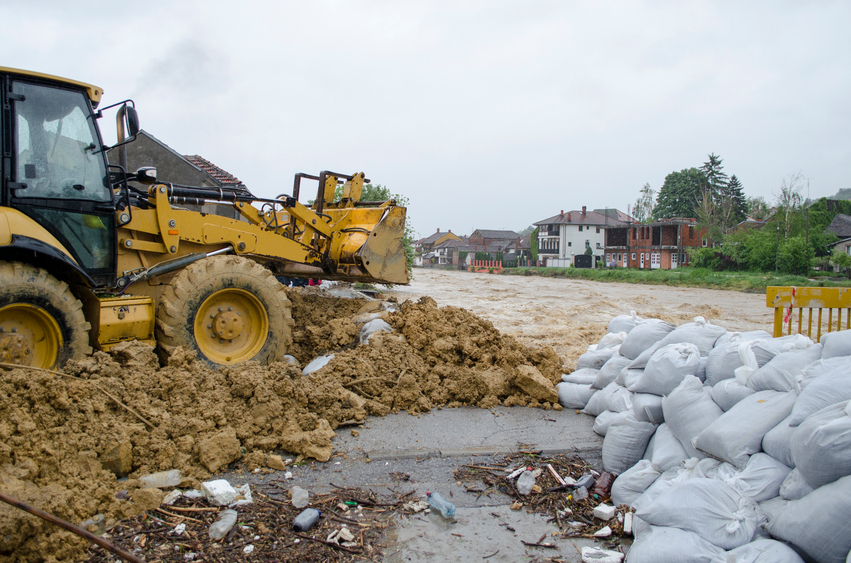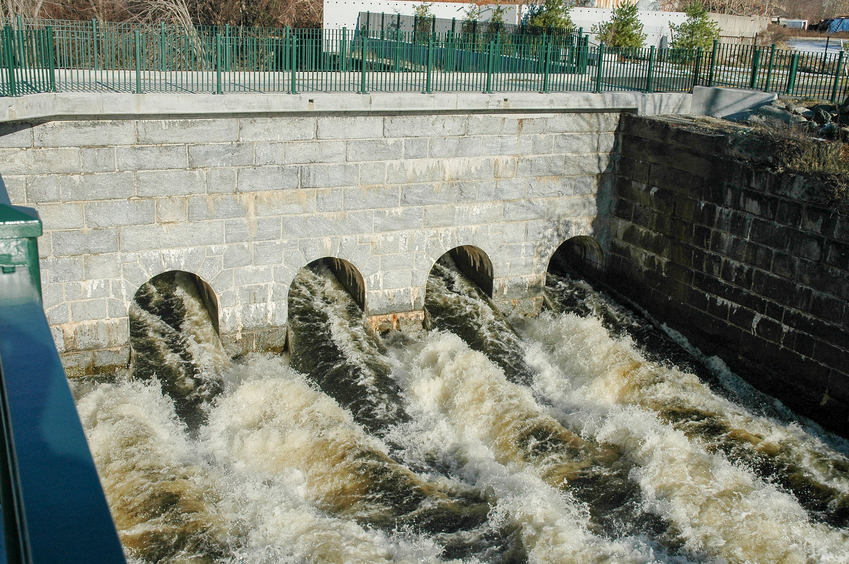Mississippi Structural and Ethics 15 PDH Discount Package 3
Coastal Construction - Determining Site-Specific Loads (S05-013)
Conduits, Culverts and Pipes - Design and Installation (S04-001)
Determining Negligence in Engineering Failures (LE2-012)

This online engineering PDH course provides guidance on the design of the building envelope in the coastal environment. The building envelope comprises exterior doors, windows, skylights, exterior wall coverings, soffits, roof systems and attic vents. In buildings elevated on open foundations, the floor is also considered a partof the envelope.
High wind is the predominant natural hazards in the coastal environment that can cause damage to the building envelope.Other natural hazards also exist in some localities. These may include wind-driven rain, salt-laden air, seismic events, hail and wildfire. The vulnerabilities of the building envelope to these hazards are discussed in this course, and recommendations on mitigating them are provided.
This 4 PDH online course is intended for structural engineers, design and construction personnel and other technical professionals who are involved in coastal construction projects.
This PE continuing education course is intended to provide you with the following specific knowledge and skills:
- Familiarizing with the different design strategies of exterior doors to withstand and resist natural hazards
- Familiarizing with the different design strategies of windows and skylights to withstand and resist natural hazards
- Understanding the different design options for roof systems to resist high winds, hail and seismic activates
- Learning the design considerations for attic vents to withstand high winds, sun and wind driven rain
Upon successful completion of the quiz, print your Certificate of Completion instantly. (Note: if you are paying by check or money order, you will be able to print it after we receive your payment.) For your convenience, we will also email it to you. Please note that you can log in to your account at any time to access and print your Certificate of Completion.

This online engineering PDH course provides the design professional and others with guidance on how to determine, by calculation or graphical interpretation, the magnitude of the loads placed on a building by a particular natural hazard event or a combination of events. The calculation methods presented in this course are intended to serve as the basis of a methodology for applying the calculated loads to the building during the design process.
All coastal residential buildings should be designed and constructed to prevent flotation, collapse, or lateral movement due to the effects of wind and water loads acting simultaneously. Throughout this course, the recommendations of the engineering standards ASCE 7-10, Minimum Design Loads for Buildings and Other Structures (ASCE 2010) will be followed unless otherwise noted. ASCE 7-10 includes procedures for calculating dead and live loads; loads due to soil pressure, fluids, wind, snow, atmospheric ice, and earthquake; and load combinations.
This 5 PDH online course is intended for structural engineers, design and construction personnel, and other technical professionals who are involved in coastal construction projects.
This PE continuing education course is intended to provide you with the following specific knowledge and skills:
- The following site-specific loads for coastal buildings:
- Dead Loads
- Live Loads
- Snow Loads
- Flood Loads
- Tsunami Loads
- Wind Loads
- Tornado Loads
- Seismic Loads
- Determining the combination loads for coastal buildings
Upon successful completion of the quiz, print your Certificate of Completion instantly. (Note: if you are paying by check or money order, you will be able to print it after we receive your payment.) For your convenience, we will also email it to you. Please note that you can log in to your account at any time to access and print your Certificate of Completion.

This online engineering PDH course provides guidance on the design and construction of conduits, culverts, and pipes, as well as design procedures for trench/embankment earth loadings, highway loadings, railroad loadings, surface concentrated loadings, and internal/external fluid pressures.
In general, reinforced concrete conduits, culverts and pipes are used for dams, urban levees, and other levees where public safety is at risk or substantial property damage could occur. Corrugated metal pipes are acceptable through agricultural levees where conduits are 900-mm (36-in.) diameter and where levee embankments are not higher than 4 m (12 ft) above the conduit invert. Inlet structures, intake towers, gate wells, and outlet structures are usually concrete. However, corrugated metal structures may be used in agricultural and rural levees.
This 4 PDH online course is applicable to civil, structural and geotechnical engineers, as well as design and construction personnel involved with the design and installation of conduits, culverts and pipes.
This PE continuing education course is intended to provide you with the following specific knowledge and skills:
- Design and installation of cast-in-place conduits for dams
- Design and installation of circular reinforced concrete pipe for small dams and levees
- Design and installation of corrugated metal pipe for rural levees and culverts
- Design and installation of concrete culverts
- Design and installation of plastic pipe for other applications
- Design and installation of ductile iron and steel pipe for other applications
- Design and construction guidelines for pipe jacking
In this professional engineering CEU course, you need to review the US Corps of Engineers Publication EM 1110-2-2902, "Conduits, Culverts and Pipes".
Upon successful completion of the quiz, print your Certificate of Completion instantly. (Note: if you are paying by check or money order, you will be able to print it after we receive your payment.) For your convenience, we will also email it to you. Please note that you can log in to your account at any time to access and print your Certificate of Completion.

This engineering online PDH course will establish conditions under which, when an engineering failure has occurred, it can be attributed to negligence.
Five causes of failure are proposed: negligence, rare failure mode, overlooked failure mode, new (previously unrecognized) failure mode, and incorrect assessment of a known risk. Negligence is the only cause that involves failing in an ethical duty. These concepts are illustrated with five case studies of failures ranging from gross negligence to absolutely unforeseeable events: 1) the Great Boston Molasses Flood of 1919, for which a new possible cause was identified 95 years later (2014); 2) a building collapse in Bangladesh in which over 1,000 people died—one of the worst structural engineering disasters in history; 3) a meteorite strike of a private residence; 4) the crash of the British-French Concorde supersonic airliner, caused by an unlikely tire blow-out; and 5) radiation overdoses received by patients treated by the Thorac-25 medical linear accelerator, caused by errors in the software controlling the machine.
The 2 PDH online course is intended for engineers concerned with ethical behavior in engineering practice.
This PE continuing education course is intended to provide you with the following specific knowledge and skills:
- Understanding the definitions of negligence and standard of care
- Relating safety to risk
- Knowing the principle of Knightian uncertainty
- Avoiding the retrospective fallacy in accident investigations
- Avoiding the fallacy, in accident investigations, of assuming perfect engineering practice
- Using the results of failure investigations appropriately
- Being aware of the negative effects of punishment on learning from accidents
- Categorizing the general causes of engineering failures
Upon successful completion of the quiz, print your Certificate of Completion instantly. (Note: if you are paying by check or money order, you will be able to print it after we receive your payment.) For your convenience, we will also email it to you. Please note that you can log in to your account at any time to access and print your Certificate of Completion.